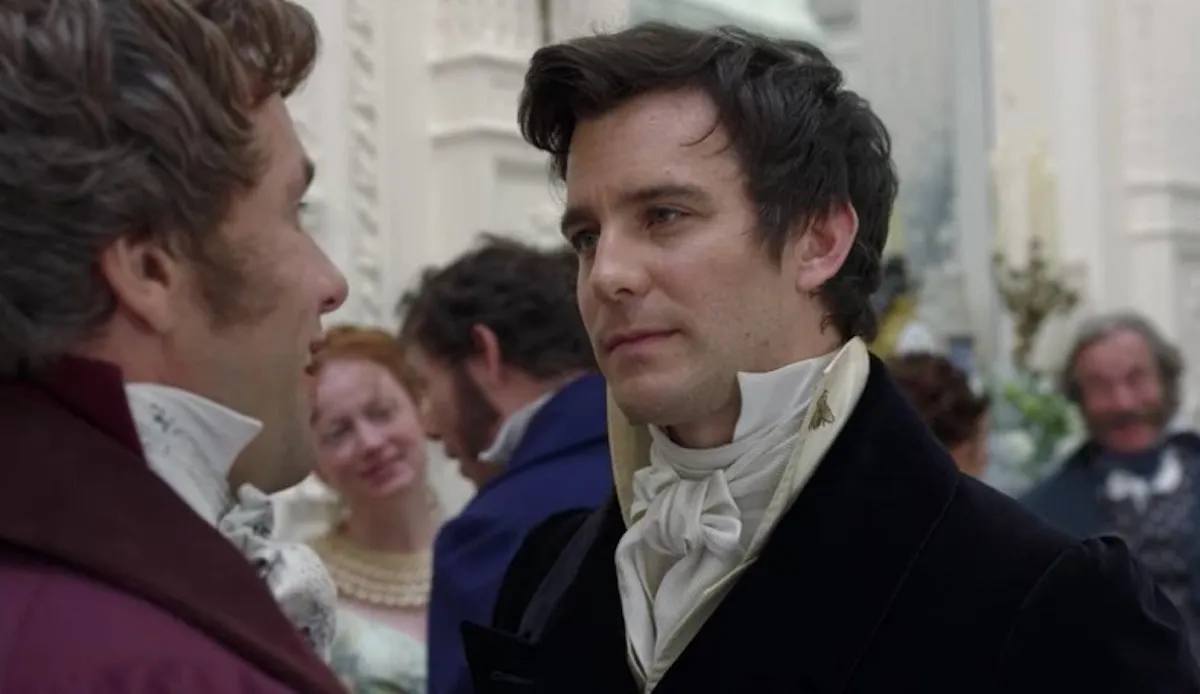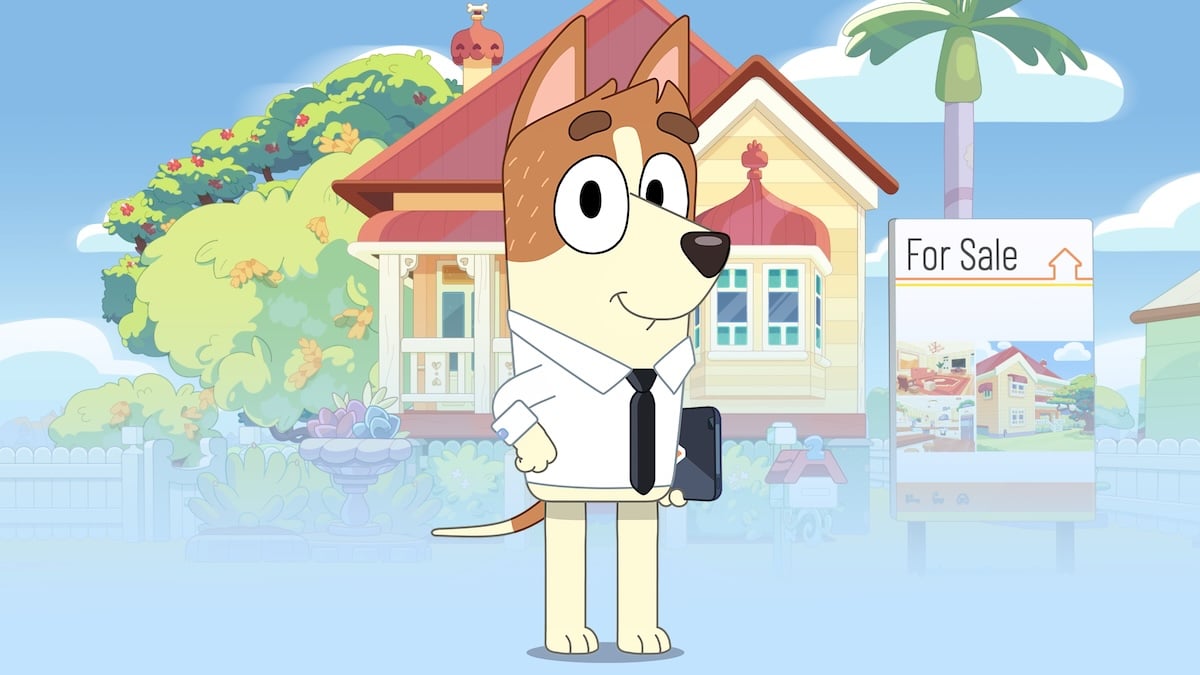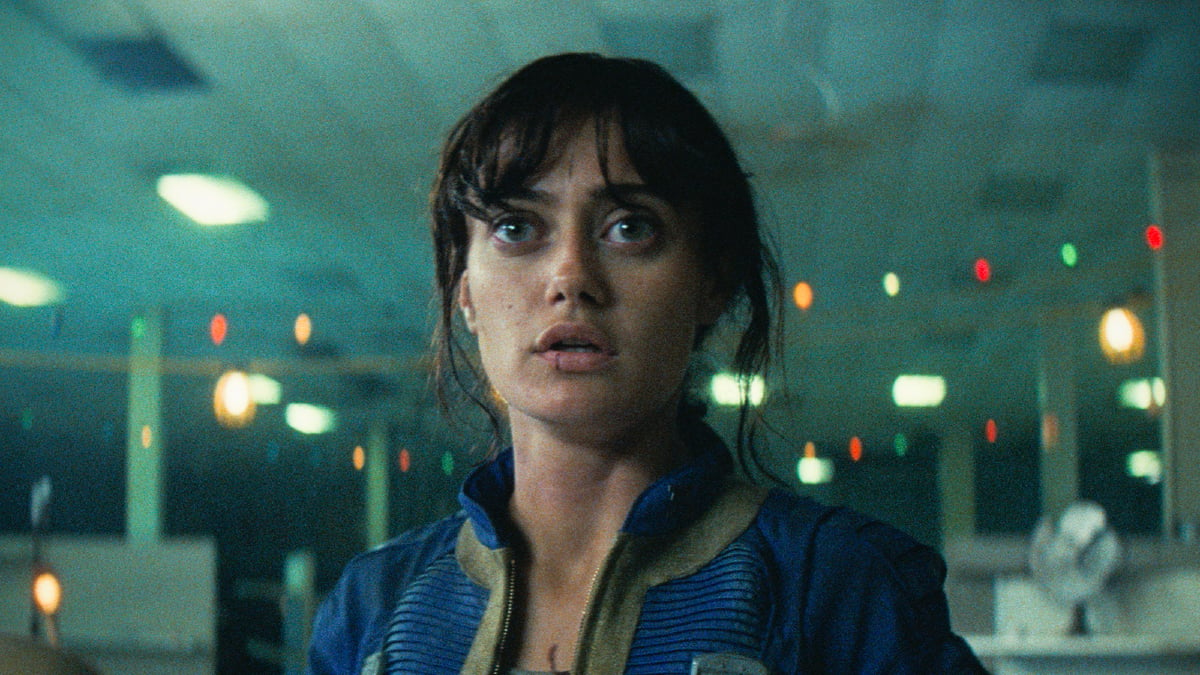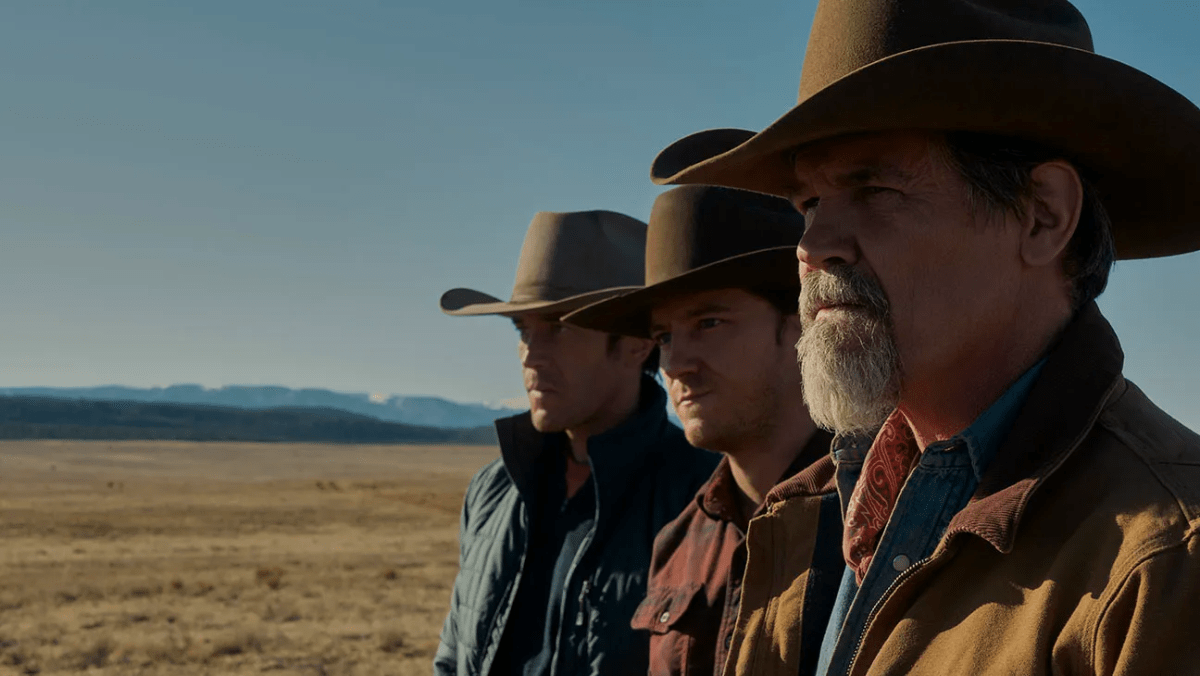For a show that was marketed as boundary-pushing, Netlfix’s hit Bridgerton, which just got renewed for a second season, was relatively tame romance fare. Yes, there were a lot of frisky scenes starring the main couple of Daphne and Simon that sure were explicit—and controversial—by Netflix standards, but nothing exactly reinvented the sex wheel here. And one of the biggest disappointments from Bridgerton is that amongst many a tangled romance plotline, we didn’t get any queer relationships except in passing, and none of the myriad Bridgerton siblings or main characters appear to be canonically queer at the moment.
This surprised and frustrated me, because for several episodes, I thought that second-eldest Bridgerton brother Benedict was being represented as queer. Benedict seems to have no interest in the romantic conventions of the day, and he talks with his progressive sister Eloise (who can also be read as queer) about being different and wanting unconventional things. Then over the course of several episodes, Benedict seems to overcome his own trepidation and visits the home of the flamboyant artist Sir Henry Granville. The show had taken pains to play up the dynamic between Benedict and Granville in a manner that doesn’t really make sense if it’s meant to be devoid of subtext.
Granville’s house with its artsy orgies is where Benedict also opens a door and encounters Granville with another man. This was a scene teased in the Bridgerton trailers, and at least suggested we’d be seeing some kind of queer romance plotline. But Benedict closes the door and goes off to have a threesome with two women. Later, Granville explains to him that he’s in a marriage of convenience with an understanding wife and is in love with the man he was with. Benedict isn’t particularly bothered by this, but neither does he appear to identify with any of it. He also questions the morality of Granville’s lover courting young women for appearance’s sake.
The series closes with Benedict’s current “unconventionality” the fact that he wants to be sleeping with a woman who is unacceptable marriage-wise due to her social class—the beautiful modiste, Madame Delacroix. This … is pretty much a direct copy of the conflict his older brother Anthony faced in his romance with Madame Delacroix’s best friend, the beautiful singer Siena. It’s not particularly revelatory or revolutionary stuff. (I am not the only one to have thought Benedict was being developed as queer; see pieces on Kito Diaries and fangirlish, threads aplenty on reddit, and fans who have accused the show of queerbaiting.)
Of course, we cannot say for certain that Benedict isn’t queer, or whether future seasons of Bridgerton might explore that for him or usher new queer characters into the spotlight. But we can be disappointed that the first season was so lacking in this area, especially since the show is ostensibly about bringing representation we don’t often see in period pieces to the fore. Bridgerton is already a fantastical confection of the Regency era that breaks barriers with its inclusive casting. But just as much of its racial inclusivity seems to boil down to so much window dressing in the end, Bridgerton only makes time for the vaguest sketch of LGBTQ+ representation.
Granville’s story doesn’t really figure into the plot arcs at all save for helping Benedict hook up with Genevieve Delacroix. And though Granville laments that he cannot openly be with the man he loves, that’s about the long and short of it. None of this even becomes fodder for Lady Whistledown’s gossip pages.
Some will no doubt argue that there isn’t really any LGBTQ+ representation to be found in the Bridgerton novels by Julia Quinn upon which the series is based. There isn’t a “specifically gay” character, as Decider puts it, even mentioned until Book 8. But that’s neither here nor there. Much has already been added and altered from the book series on its way to screens. This is a loose adaptation of Quinn’s work, not a shot-for-shot recreation.
If everything had to stay true to Quinn’s original vision, Bridgerton would have an all-white cast and thus lose one of its biggest draws and marketing points. There’s no reason that queer characters and queer romance couldn’t have been given more time and space. There are plenty of queer romance novels and an abundance of fanfiction set in the Regency these days. And there were certainly many recorded queer historical events and people during the Regency that could have been drawn upon to dramatic effect.
In the very years that the Bridgerton books are set, Britain saw a host of highly publicized scandals around homosexuality, which was illegal in the Empire. This included raids on “molly houses” (gathering places for gay men) by London’s first professional police force, rumors of secret “gay marriages” being performed, and frequent public pillorying of people accused of queer acts. Horrifically, men (one of them all of 16 years old) were hung for “buggery.” But beyond harsh enforcement of anti-homosexuality laws, there were also plenty of queer men who loved without being subject to restrictions, and many a fashionable “lifelong bachelor” who held prominent positions at court.
As was often the case, the history of queer women during this period is less recorded, but we have some famous figures like Anne Lister, “the first modern lesbian,” whom viewers have come to know through HBO’s series Gentleman Jack, and who was wooing ladies in the Regency. And we have couples like Eleanor Butler and Sarah Ponsonby, the “Ladies of Llangollen,” who lived together in a romantic relationship for fifty years and were celebrated by the poets and artists of the day. They were also supported by Queen Charlotte herself—and Charlotte is a character on Bridgerton. How difficult would it have been to at least work in a winking nod or reference to the existence of queer women?
For all of my disappointment in how the Benedict Bridgerton storyline was made to play out in season one, I’m even more disappointed that we were given zero queer characters of color and zero queer women. As is too often the case, even the bare slice of LGBTQ+ representation we do see is represented by white cis men.
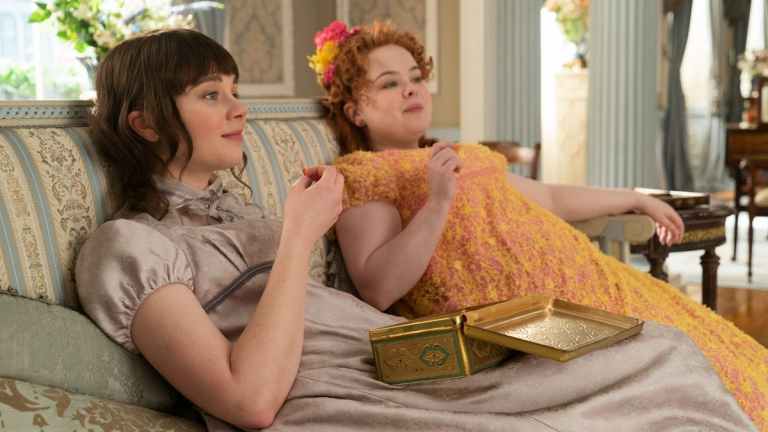
Daphne and Benedict’s sister Eloise, who spends a good deal of the show lamenting the oppression of women and gazing longingly at her friend Penelope Featherington, seems as disinterested in romance with a man as can possibly be. Yet Eloise also has her own Bridgerton book, To Sir Phillip With Love (where she is described as a “spinster”), and in theory, should the TV series continue, we’ll have a season featuring her very own heterosexual relationship. Benedict’s book, An Offer from a Gentleman, appears to be a Cinderella AU that must feature a happy ending for Benedict and his lady-maid love. If Bridgerton makes it to all eight seasons like the production wants, with each focused on a different sibling, are we really going to have eight super-straight main couples as the focus?
Quite frankly, I expected more from a show that presented itself as an enlightened, saucy, and norms-breaking spin on tired old bodice-ripping tropes. The first Bridgerton book was published twenty years ago, but we’re in 2021 now. Queer characters, regardless of the century they’re occupying, deserve to play roles in popular media beyond the sidekick, the blink-and-you-miss-them, or the person condemned for their sexuality. History had far more fascinating stories to tell, and we do a real disservice when we relegate queer people to the back of the ballroom when we finally have the ability to show them in full.
(images: Netflix)
Want more stories like this? Become a subscriber and support the site!
—The Mary Sue has a strict comment policy that forbids, but is not limited to, personal insults toward anyone, hate speech, and trolling.—



